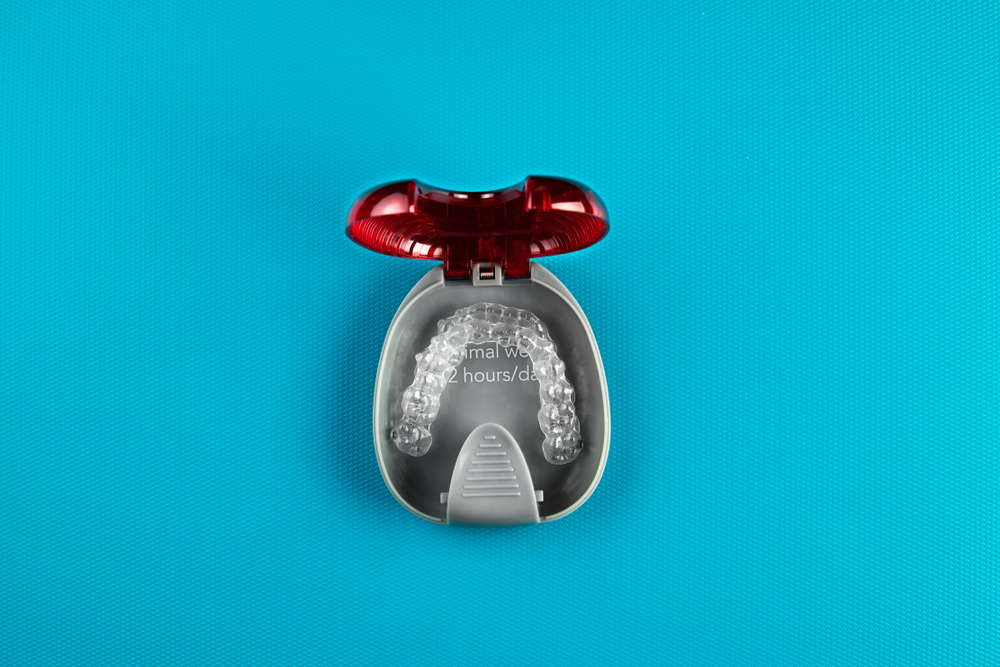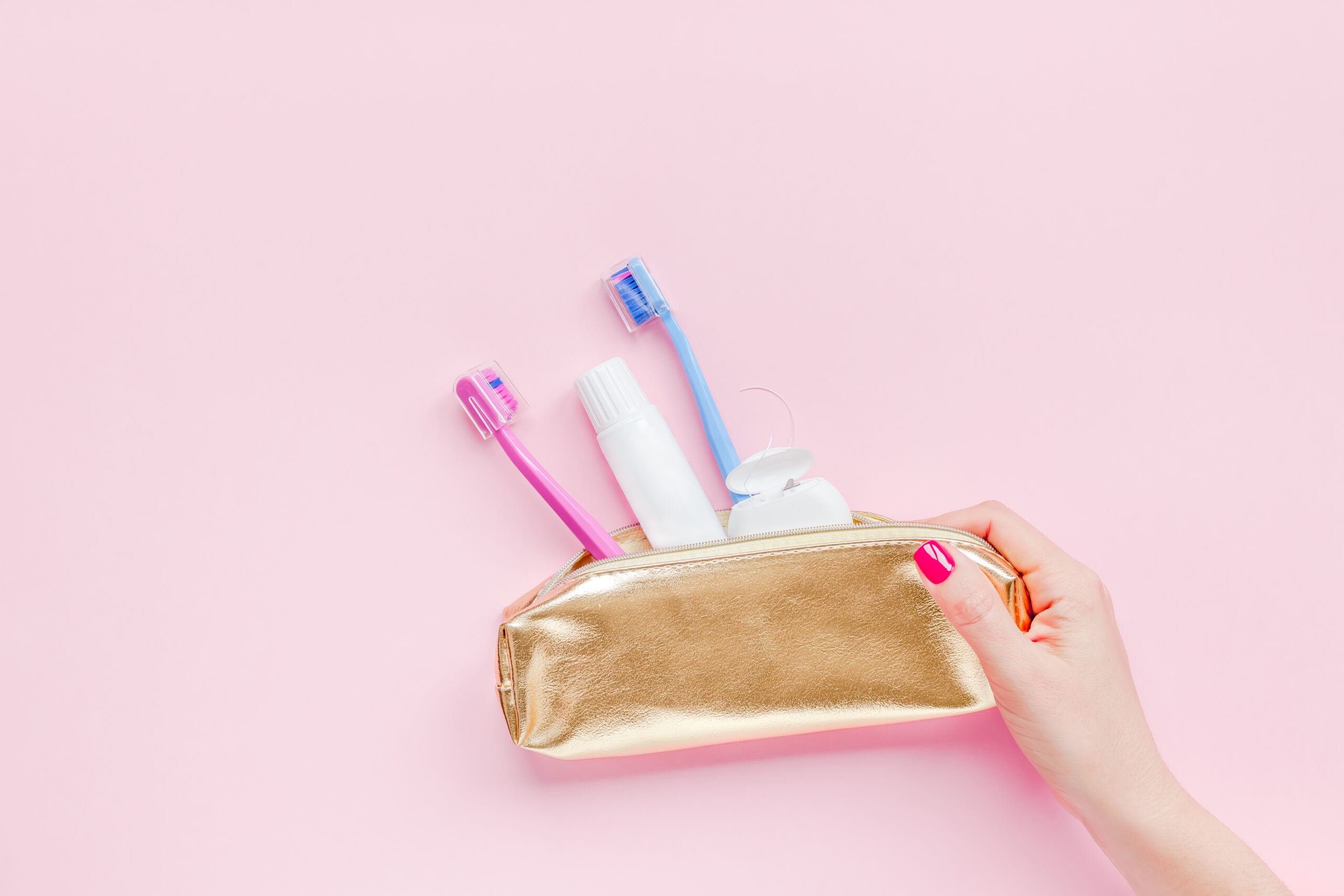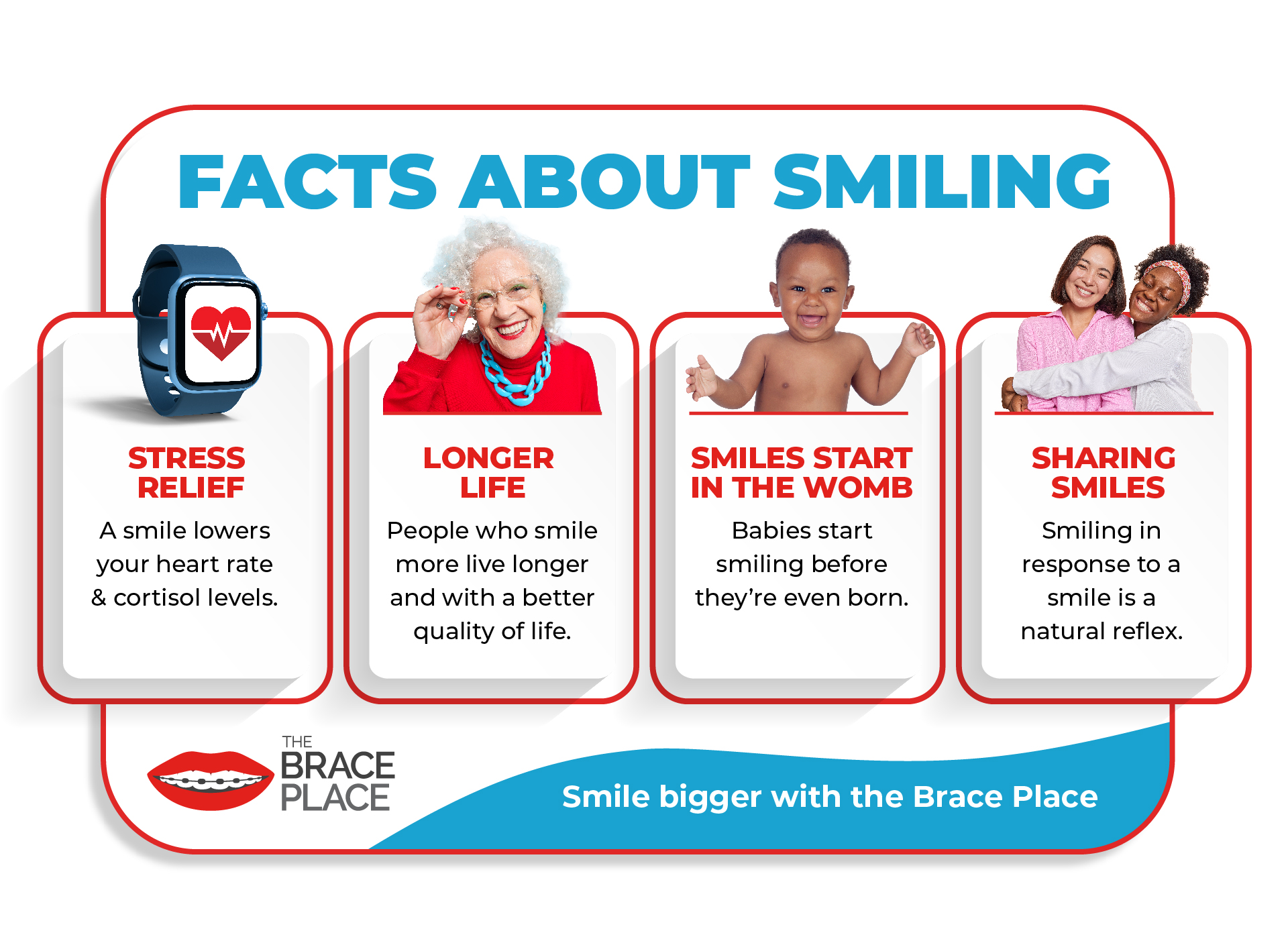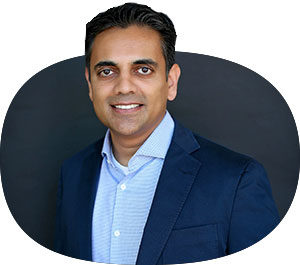
Have you been dealing with increasing headaches? The usual culprits might come to mind — stress, lack of sleep, maybe too much (or too little!) coffee. But what if we told you that a misaligned bite might be the cause? Yes, a misaligned bite, a type of malocclusion, can actually cause headaches.
If this sounds like you, read on as Dr. Anand Patel and The Brace Place team talk about this common problem.
The Connection Between a Bad Bite and Headaches
Misaligned teeth or dental arches can lead to all sorts of issues — and headaches are right up there on the list. Malocclusions such as underbites, cross bites, open bites, and overbites can cause jaw pain, muscle tension and head pain. But how exactly can misalignment cause headaches?
When your teeth don’t fit together well, your jaw can’t relax when your mouth is closed. In other words, with malocclusion, your jaw muscles are under constant stress. This strain on your jaw can lead to tension headaches, jaw pain, excessive or uneven wear on tooth enamel, or fractured teeth.
Your jaw and head are connected by a network of muscles, nerves, and joints. When you have a misaligned bite, your muscles must work overtime when bringing your teeth together, chewing, or even keeping your mouth closed. This extra strain can lead to muscle tension and headaches.
Here’s a list of the different types of malocclusion that can potentially cause headaches:
Overbite: You’re likely most familiar with this type of misalignment — an overbite is when your upper teeth overlap your lower teeth. Now, keep in mind that it’s normal to have a small overbite, but an excessive overbite can be problematic, causing extra wear on the front teeth, jaw pain, headache, and facial tension. A severe overbite is called a deep bite.
Underbite: Think of an underbite as the visual opposite of an overbite. It’s when the lower front teeth are on the outside of the upper front teeth when your mouth is closed. This orthodontic problem can cause jaw pain, TMJ dysfunction, difficulties with chewing, and even contribute to sleep apnea.
Overjet: This can be tricky for patients to recognize in the mirror and can be confused with an overbite. An overjet is only the upper front teeth sticking out in front of the lower front teeth. It’s sometimes called “buck teeth” or protruding teeth. This kind of malocclusion increases the risk of injury to the top front teeth and can cause pain in your jaw joints.
Crossbite: A crossbite is when the upper teeth sit on the inside of the lower teeth. You can have a front crossbite or back crossbite, depending on where it occurs in your mouth. In kids, this kind of bad bite can cause the jaws to develop asymmetrically; for both kids and adults, a crossbite can lead to jaw pain, TMJ dysfunction, and make chewing difficult.
Teeth Grinding and TMJ Headaches
Any of the above bad bites can also cause teeth grinding, which in turn can cause headaches. Also called bruxism, teeth grinding happens to both kids and adults, more commonly when you’re asleep. When you have a misaligned bite, sometimes grinding your teeth is a subconscious attempt at aligning your bite. Teeth grinding puts a lot of pressure and force on the temporomandibular joints (TMJs) that connect your lower jaw to your head, leading to issues like TMJ dysfunction and headaches, jaw pain, and muscle tension in your neck, shoulders, or ears.
If you experience a teeth-grinding headache quite regularly, it’s a definite sign that you should contact us at The Brace Place for a free initial consultation.
Fixing Malocclusion and Saying Goodbye to Headaches
As your Tulsa and Claremore, OK orthodontist, Dr. Patel is an expert at assessing smiles, diagnosing patients’ orthodontic issues, and providing individualized braces or Invisalign® treatment. The goal? To help our patients achieve healthy, stunning, and pain-free smiles.
How does this smile transformation begin? At your first visit, Dr. Patel will examine your teeth, chat with you about your jaw pain or headache symptoms, and our team will take quick and comfortable X-rays if needed.
Dr. Patel will look for and ask about:
- Misalignment of your jaws and teeth
- Uneven wear on your teeth
- Jaw pain or clicking
- Difficulty chewing or biting
If we find that you have malocclusion like an overbite, for example, and have been suffering constant headaches, orthodontic treatment can go a long way in finally relieving your pain. Braces and clear aligners aren’t just tools for a beautiful smile — they’re your ticket to aligning teeth or a bad bite and leaving related headaches behind.
No More Malocclusion Headaches With Your Tulsa Orthodontist
If you think malocclusion is causing your headaches, The Brace Place team is here to help. Dr. Patel offers over 25 years of orthodontic expertise, paired with modern technology and personalized treatment.
Contact your Tulsa and Claremore, OK, orthodontist to start your journey toward a well-aligned, pain-free smile with modern braces or Invisalign clear aligners.




































